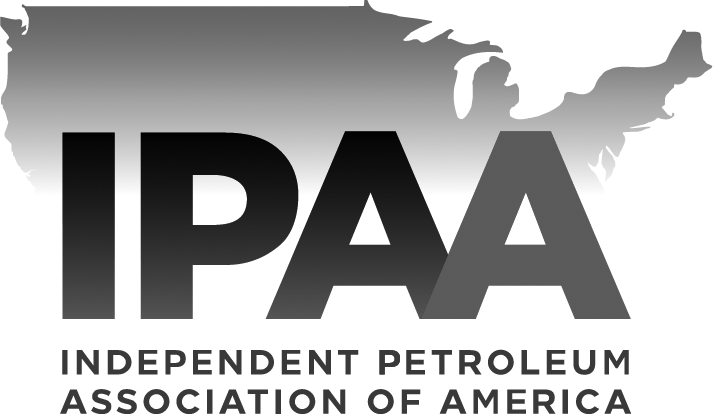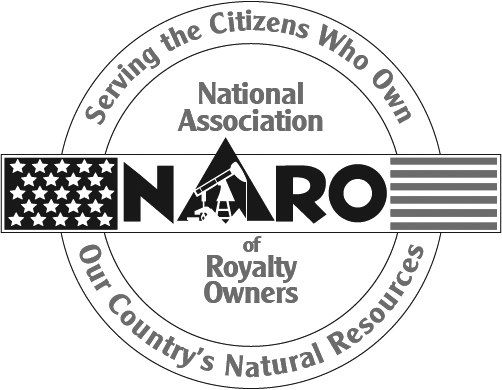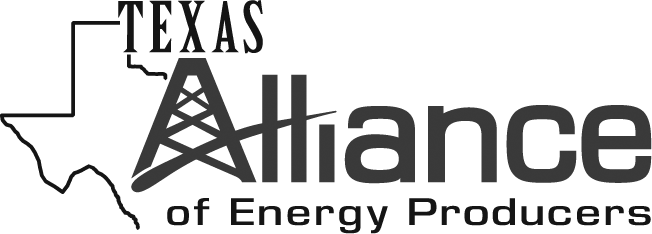Investor Resources
Knowledge Capital for the Strategic Investor
We believe education is an essential element of stewardship. Our curated investor resources provide clarity on oil and gas fundamentals — from geology and seismic imaging to well development and income structures.
Important Notice: Resources are for informational purposes only and do not constitute financial or technical advice. All materials are the property of Millennium PetroCapital Corporation.
Geology 101
Discover the foundation of energy exploration. Learn how our experts identify “pay-sand” — geologic formations capable of producing income-generating hydrocarbons.
What is 3-D Seismic?
Precision technology. Proven results. Explore how advanced seismic imaging reduces dry-hole risk and increases well success rates.
Life Cycle of an Oil Well
From concept to cash flow. Follow the complete journey of an oil well — from prospecting and drilling to peak production and reclamation.
Using Seismic for Exploration
Data that drives discovery. See how our geoscientists interpret seismic data to pinpoint high-value reservoirs with confidence.
Drilling an Oil and Gas Well
From surface prep to profit. Go behind the scenes of the drilling process and see how disciplined execution converts geology into production.
Introduction to Well Logging
The science beneath the surface. Learn how well logging provides detailed geological data to guide drilling and investment.
Salt Water Disposal Facility
Profit with responsibility. Explore how saltwater disposal facilities provide both revenue and sustainable drilling solutions.









